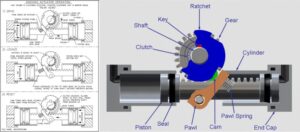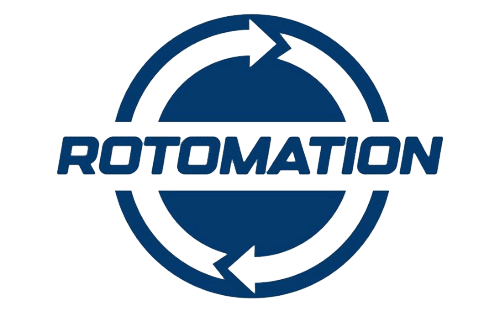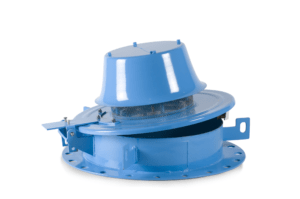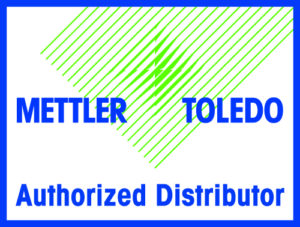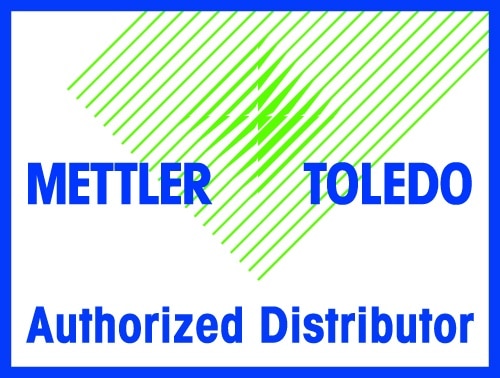David Saunders | March 24th, 2016
As supported by Paul Badowski in his blog post, “Muti-Function Screw in Cartridge Valve Manifolds: How to Fit 100lbs of Hydraulics into a 10lb Box,” custom manifolds utilizing screw in cartridge valves can consolidate a multitude of machine functions into a small space. Labor and material costs plummet with a smart manifold design. Sometimes, though, you may feel so confident in the trusty industrial valve that you just don’t want to take the plunge into the SiCV world. I would like to argue that in this situation, it’s possible to have your cake and eat it too.
The Case for Modular Manifolds
Sectional and stack type valves are modular by design. Custom manifolds are often seen as the opposite of modular. Many feel that once you have a custom manifold designed, you are locked into a circuit design. In many cases, this is true and is the desired outcome. However, with some creative foresight, a manifold can be a springboard into future improvements.
Let’s say that you have a piece of mobile equipment that always has a grapple. The grapple always goes up and down, left and right, opens and closes, and swivels. Sometimes, though, the machine has individually controlled outriggers. Sometimes, it has outriggers and a moveable counterweight. Sometimes, there are further unpredictable functions that get thrown in the mix resulting in a spaghetti-like mess of hoses and valves that should only be found on someone’s test bench.
One custom manifold could be used for the grapple functions and any motion control valves required. It could have an interface that matches a second custom manifold that contains the outrigger functions. The second block could have an interface that matches a sectional valve for multiple other functions that can be tailored to the situation. Any of the custom manifolds could have D03 or other standard pads onto which stack valves could be attached.

A Little Planning Goes a Long Way
The key to this type of design is accurately predicting which functions are always going to be used and what combinations of other functions are possible. An interface can always be left covered with a blanking plate so that future designs can be bolted on with little hassle. Cross Company assembles custom manifolds in any configuration that we design, so any combination needed for a particular application can be ordered ready to install. This keeps the space and labor cost low and the flexibility high. You get to have your cake and eat it too!



